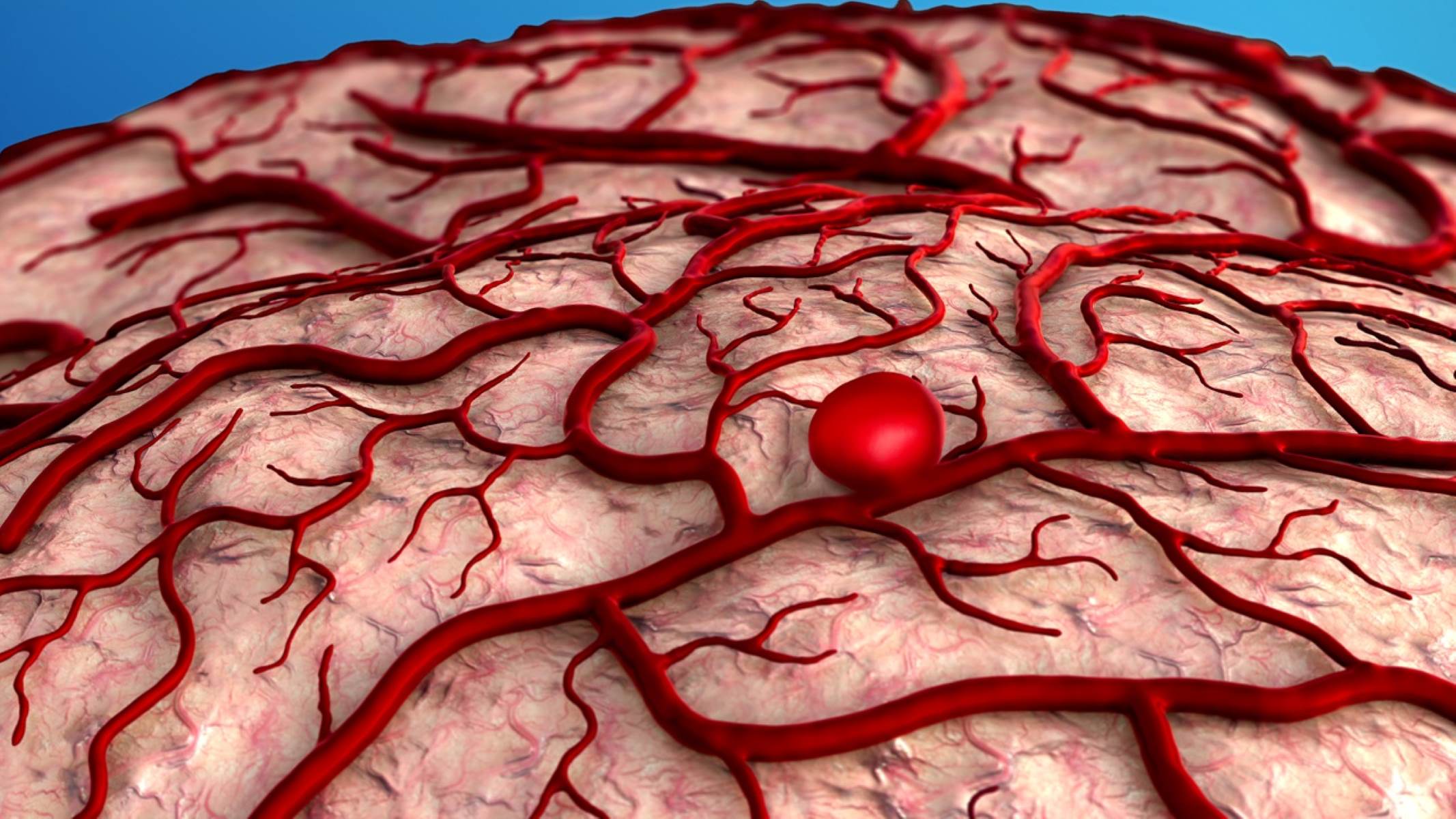
Amenorrhea is a medical term for the absence of menstrual periods in women of reproductive age. Primary amenorrhea occurs when a girl hasn't started menstruating by age 15, while secondary amenorrhea happens when a woman who previously had regular periods stops menstruating for three months or more. Causes range from hormonal imbalances and genetic disorders to lifestyle factors like stress and excessive exercise. Understanding amenorrhea is crucial for identifying underlying health issues. This article will provide 50 facts about amenorrhea, covering its types, causes, symptoms, and treatments. Whether you're experiencing it or just curious, these facts will offer valuable insights.
What is Amenorrhea?
Amenorrhea is the absence of menstruation. It can be a natural occurrence or a sign of an underlying health issue. Understanding the facts about amenorrhea can help in recognizing its causes and implications.
- Primary Amenorrhea occurs when a girl has not started menstruating by age 15.
- Secondary Amenorrhea happens when a woman who previously had regular periods stops menstruating for three or more months.
- Natural Causes include pregnancy, breastfeeding, and menopause.
- Hormonal Imbalances can lead to amenorrhea, often due to issues with the thyroid or pituitary gland.
- Polycystic Ovary Syndrome (PCOS) is a common cause of secondary amenorrhea.
- Extreme Weight Loss or gain can disrupt menstrual cycles.
- Excessive Exercise may lead to amenorrhea, especially in athletes.
- Stress can impact hormone levels, causing missed periods.
- Certain Medications like antidepressants and antipsychotics can cause amenorrhea.
- Birth Control methods, including pills and injections, can lead to missed periods.
Symptoms and Diagnosis
Recognizing the symptoms and understanding the diagnostic process is crucial for managing amenorrhea effectively.
- No Menstrual Periods for three or more cycles is a primary symptom.
- Milky Nipple Discharge can indicate a hormonal imbalance causing amenorrhea.
- Hair Loss may be associated with hormonal issues leading to amenorrhea.
- Headaches can accompany amenorrhea, especially if related to pituitary problems.
- Vision Changes might occur if a pituitary tumor is present.
- Pelvic Pain could indicate an underlying reproductive issue.
- Acne and excess facial hair are common in PCOS-related amenorrhea.
- Blood Tests help check hormone levels to diagnose amenorrhea.
- Ultrasound can visualize reproductive organs to identify abnormalities.
- MRI Scans may be used to examine the pituitary gland.
Treatment Options
Various treatments are available depending on the cause of amenorrhea. Consulting a healthcare provider is essential for proper management.
- Lifestyle Changes like reducing stress and maintaining a healthy weight can restore menstrual cycles.
- Hormone Therapy may be prescribed to balance hormone levels.
- Birth Control Pills can regulate periods in some cases.
- Surgery might be necessary for structural abnormalities or tumors.
- Dietary Adjustments can help if amenorrhea is related to nutritional deficiencies.
- Medications for PCOS can manage symptoms and restore menstruation.
- Thyroid Treatments are effective if hypothyroidism is the cause.
- Counseling or therapy can address stress-related amenorrhea.
- Acupuncture has been used to treat amenorrhea in some cases.
- Herbal Supplements like vitex may help, but should be used under medical supervision.
Impact on Fertility
Amenorrhea can affect a woman's ability to conceive. Understanding this impact is important for those planning a family.
- Ovulation Issues are common with amenorrhea, making conception difficult.
- PCOS-Related Amenorrhea often requires fertility treatments to conceive.
- Hormonal Imbalances can prevent the release of eggs from the ovaries.
- Weight-Related Amenorrhea can be reversed with proper weight management, improving fertility.
- Stress Reduction can help restore ovulation and improve chances of conception.
- Fertility Treatments like Clomid can induce ovulation in women with amenorrhea.
- In Vitro Fertilization (IVF) may be an option for those with persistent amenorrhea.
- Monitoring Ovulation through basal body temperature or ovulation kits can help track fertility.
- Regular Medical Check-Ups are crucial for managing amenorrhea and planning pregnancy.
- Support Groups can provide emotional support and practical advice for those facing fertility challenges.
Long-Term Health Effects
Amenorrhea can have long-term health implications beyond fertility. Awareness of these effects is important for overall well-being.
- Bone Density Loss is a risk due to low estrogen levels.
- Osteoporosis can develop if amenorrhea is not treated.
- Heart Disease risk may increase with prolonged amenorrhea.
- Endometrial Cancer risk is higher in women with untreated amenorrhea.
- Mental Health Issues like anxiety and depression can be associated with amenorrhea.
- Metabolic Syndrome is more common in women with PCOS-related amenorrhea.
- Chronic Pelvic Pain may develop if underlying conditions are not addressed.
- Infertility can become a long-term issue if amenorrhea is not managed.
- Regular Monitoring of bone density and heart health is recommended for women with amenorrhea.
- Healthy Lifestyle Choices including diet, exercise, and stress management can mitigate long-term health risks.
Understanding Amenorrhea
Amenorrhea, the absence of menstruation, affects many women for various reasons. It can stem from natural causes like pregnancy or menopause, but also from lifestyle factors such as stress, excessive exercise, or significant weight loss. Medical conditions like polycystic ovary syndrome (PCOS) and thyroid disorders can also play a role. Recognizing the symptoms and seeking medical advice is crucial for proper diagnosis and treatment. Treatments vary based on the underlying cause and may include lifestyle changes, medication, or surgery. Staying informed and proactive about reproductive health helps manage and potentially prevent amenorrhea. Remember, each person's experience is unique, so personalized medical advice is always best. Understanding amenorrhea empowers women to take control of their health and well-being.
Was this page helpful?
Our commitment to delivering trustworthy and engaging content is at the heart of what we do. Each fact on our site is contributed by real users like you, bringing a wealth of diverse insights and information. To ensure the highest standards of accuracy and reliability, our dedicated editors meticulously review each submission. This process guarantees that the facts we share are not only fascinating but also credible. Trust in our commitment to quality and authenticity as you explore and learn with us.


